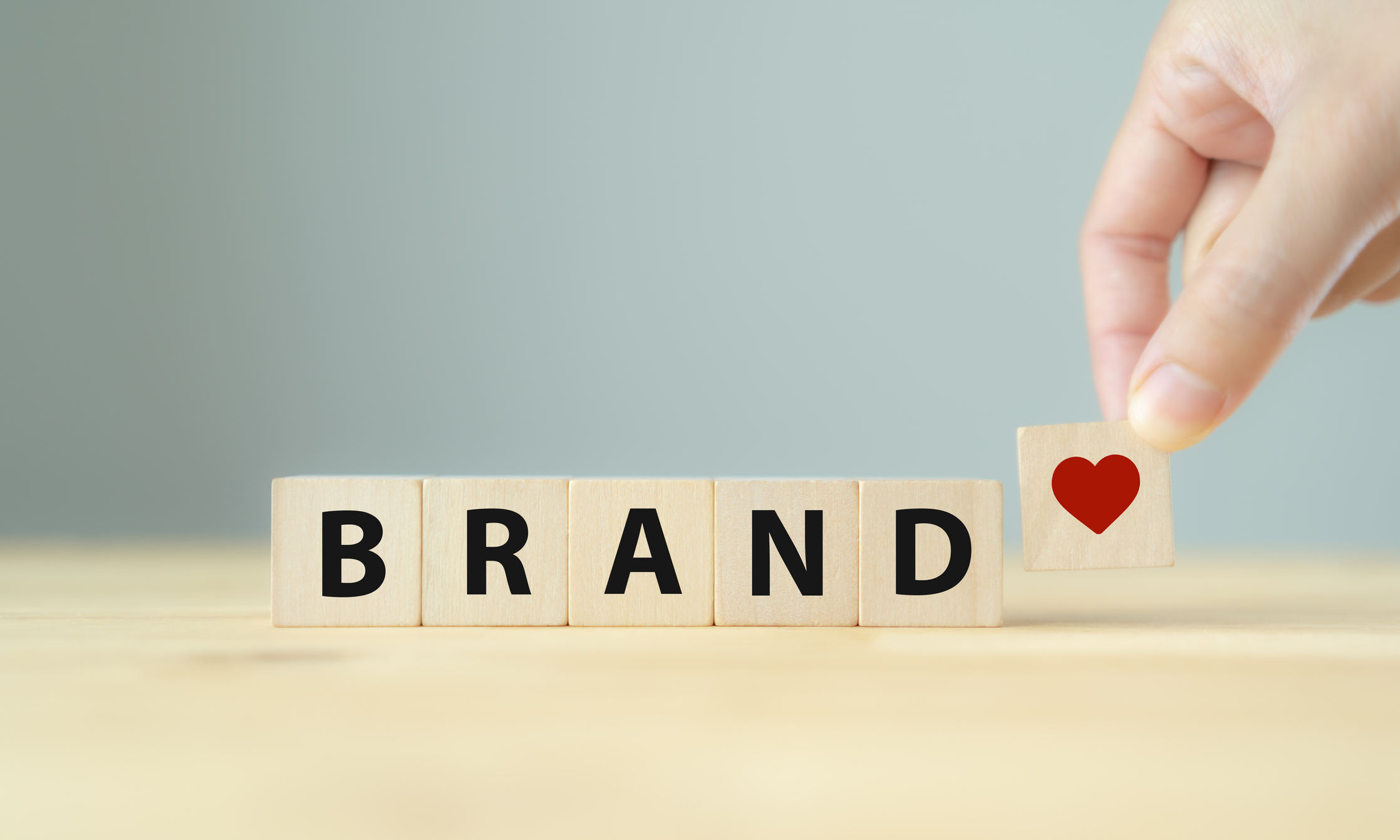
The Point
Successful loyalty programs often leverage intangible rewards, such as points, perks, status, and discounts. Tangible rewards can be equally powerful when they are brand-aligned and thoughtfully designed. These rewards do not end when the purchase is over, they live on as memory triggers, creating moments of everyday salience that help the brand stay present in the customer's thinking. Tangible rewards can be effective when brands utilise their own products, transforming everyday items into meaningful reminders of the brand. In this blog, we discuss how brand merchandise can also have a role to play in the tangible rewards mix.
What This Means
Intangible and tangible rewards pull different psychological levers and influence how customers perceive value.
Points support behavioural nudges, data capture and personalised offers.
Perks and status help convey prestige and exclusivity.
Discounts drive conversion; however, risk commodifying the offer if overused
Merchandise plays a different role. It builds mental availability by finding a place in homes, offices and suitcases, surfacing naturally as a recurring cue for the brand. It also supports physical availability when it is simple to earn, redeem or buy via the loyalty app, onboard retail, and in airport stores.
Singapore Airlines shows what this looks like in practice. By connecting its KrisShop, KrisPay, and KrisFlyer ecosystems, members can earn points, redeem rewards, and browse without friction. Its Batik motif merchandise takes this one level deeper, tapping into heritage and nostalgia to turn practical everyday items into artefacts of brand love.
Ellipsis Tips
Make it emotional, not just functional: The best merchandise tells a story. Qantas’s Country Road pyjamas or Emirates’ family photo kits stick in memory, while Singapore Airlines’ upcycled aircraft materials add both meaning and sustainability.
Design with intent, not just branding: Adding a logo is not enough. Strong merchandise carries the brand through design and detail. Lufthansa’s upcycled furniture and Thai Airways’ Jim Thompson silk kits show how craft and cultural cues can make something feel special.
Curate through data, not guesswork: Loyalty data shows what travellers actually want as rewards. Business travellers lean towards sleek and functional gear, while families look for memorabilia and toys. Singapore Airlines uses KrisPay data to shape KrisShop so it feels relevant.
Create limited editions with purpose: Making products exclusive, helps gain attention, however relevance is what makes it last. Collaborations like AirAsia’s Sonic crossover or Singapore Airlines’ SG60 collection tap into partner brands and national pride, giving the merchandise a story people actually care about.
Sustainability is important: With more focus on ESG reporting and customers paying closer attention, cheap giveaways can actually harm a brand. Merchandise needs to have a real purpose, feel valuable, and last over time. If it does not, it can damage the brand instead of supporting it.
Measure what matters: The distribution volumes of merchandise are not the only key measure. It is important to track both the hard and the soft signals:
Behavioural changes, like more repeat travel or extra spend
Emotional outcomes, such as NPS, recall, and whether items are seen as worth keeping
Redemption patterns that show who chooses what, and how it shapes their next move
Merchandise is not just a giveaway. It is a way to stay front of mind, emotionally connected, and physically present in people’s lives. When merch is done right, it boosts mental and physical availability, strengthens brand meaning, and converts occasional travellers into genuine advocates.